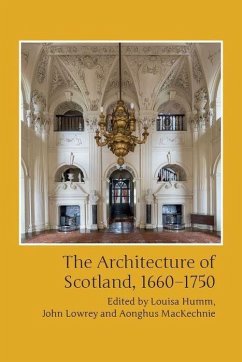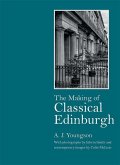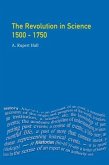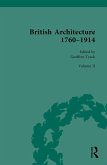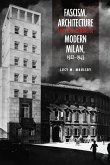A richly illustrated, revisionist overview of Scotland's early Classical architecture This volume tells the story of Scotland's unique and influential contribution to the Age of Classicism during a period of major political and architectural change. Interposed between the decline of the Scottish castle and its revival as Scotch Baronial architecture, proto-Enlightenment Scotland straddled the age of 'Glorious Revolution' and union with England. This beautifully illustrated book documents the architectural needs and developments of a transformational period in Scottish history as the country emerged from a decade's military occupation. It draws on a wealth of primary sources, including family, institutional and national archives in Scotland, England and France, to evidence the architectural reflections of Scotland's new elites. It also analyses some of Scotland's best-known architectural sites, as well as reference points from further afield including Paris tenements, Roman precedents and English parallels. Broad in scope, 'The Architecture of Scotland, 1660-1750' covers private and public/civic architecture, as well as the architecture and design of both the urban scene and country estate in the era before Edinburgh New Town. Key Features Highlights and contextualises the work of Scotland's first well-documented major architects, including Sir William Bruce, Mr James Smith, Colen Campbell, James Gibbs and the Adam dynasty Provides a fresh resource for architectural, documentary, cultural and Enlightenment historians Showcases Scotland's early Classical architecture as a distinct yet significant strand of Europe's broad mainstream Beautifully illustrated with 300 drawings, maps, photographs and paintings Louisa Humm has worked at Historic Environment Scotland since 2002, first in their listing team, and currently as a Senior Casework Officer responsible for listed building consent casework in Glasgow and south-west Scotland. John Lowrey is Senior Lecturer in Architectural History at the University of Edinburgh. He has published widely on urban architecture and urban design, the country house and on landscape history and theory in relation to both the city and the country house estate. Aonghus MacKechnie is former Head of Historic Buildings and Monuments Casework, Historic Environment Scotland, and Honorary Lecturer at the University of Strathclyde. He has published widely on the architectural history of the Renaissance and later periods in Scotland, on Romanticism and on the architecture and culture of the Scottish Highlands.

